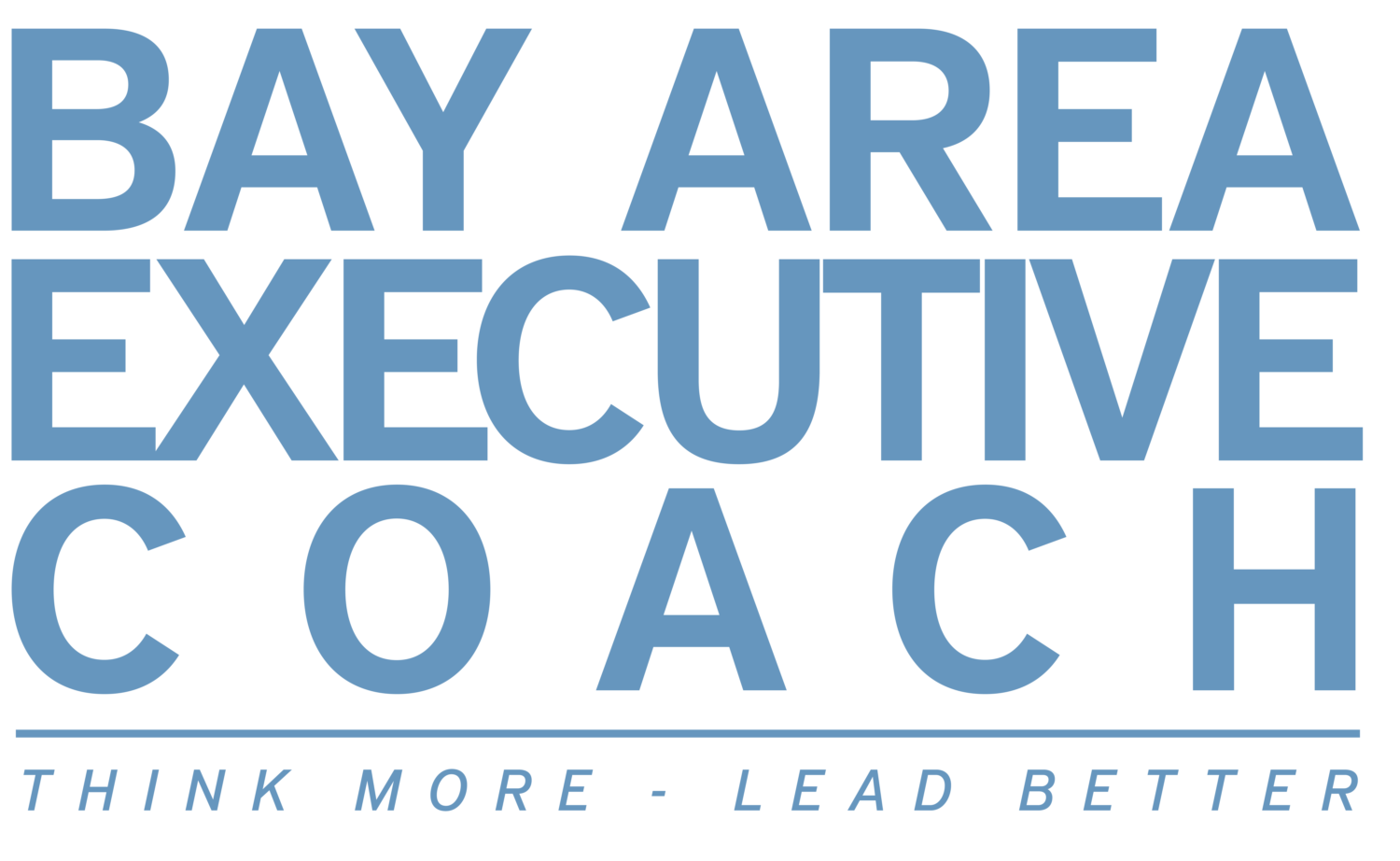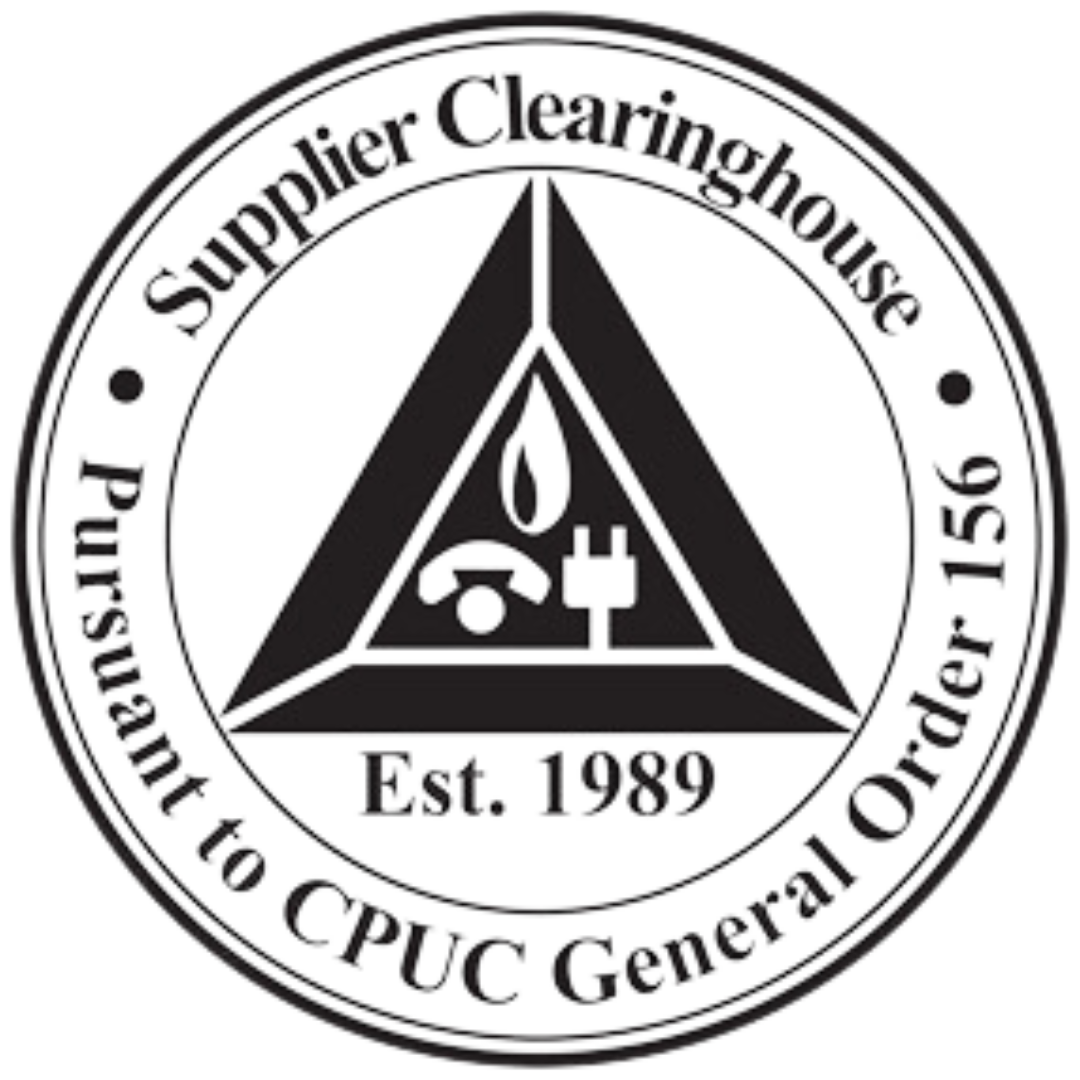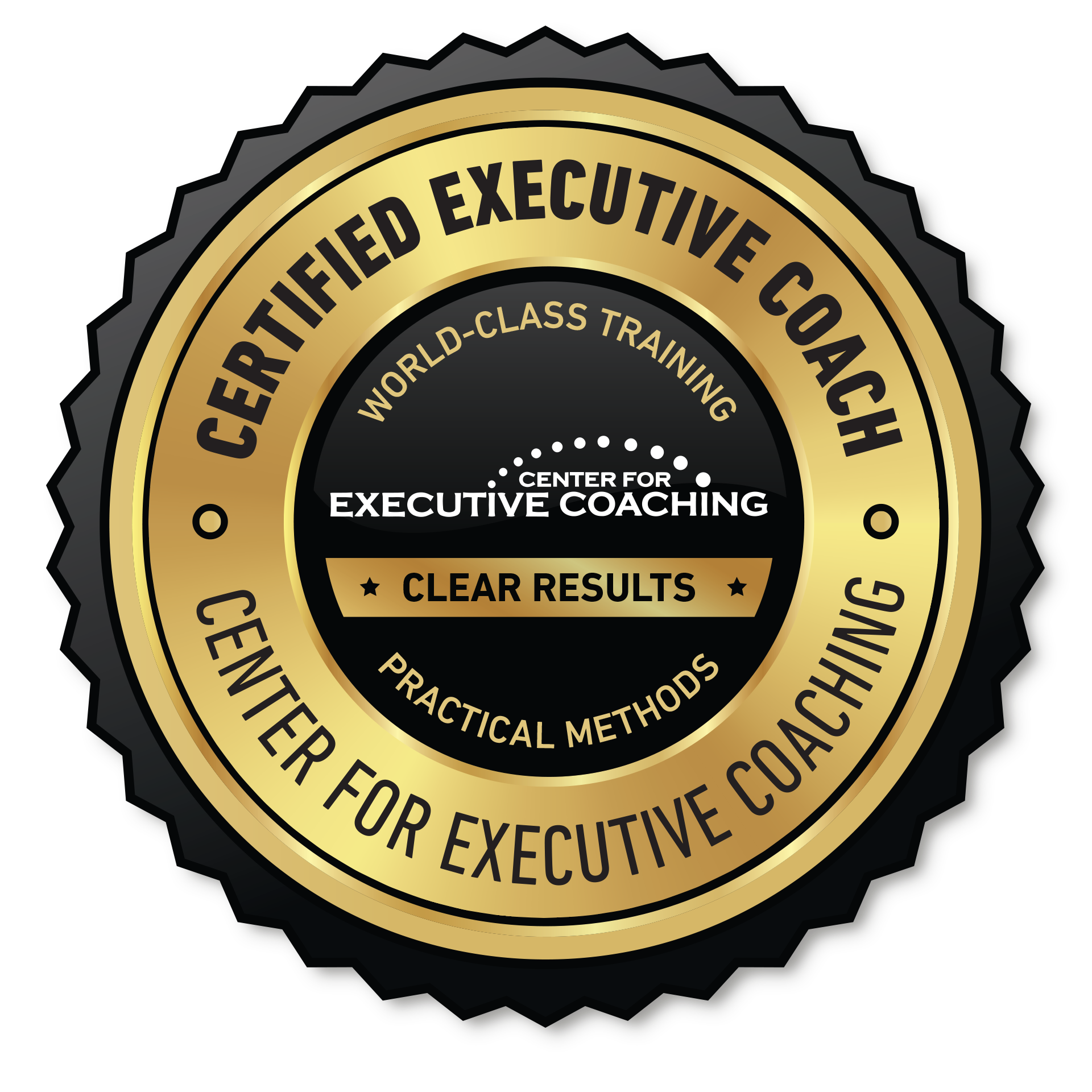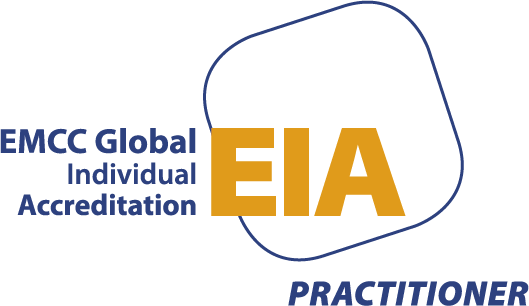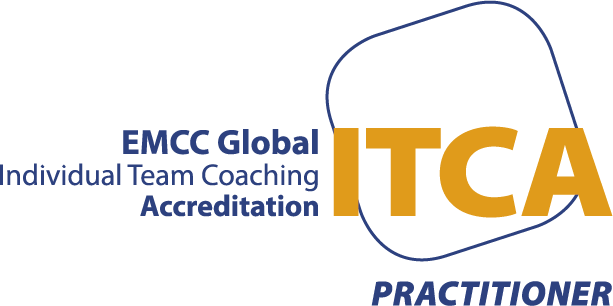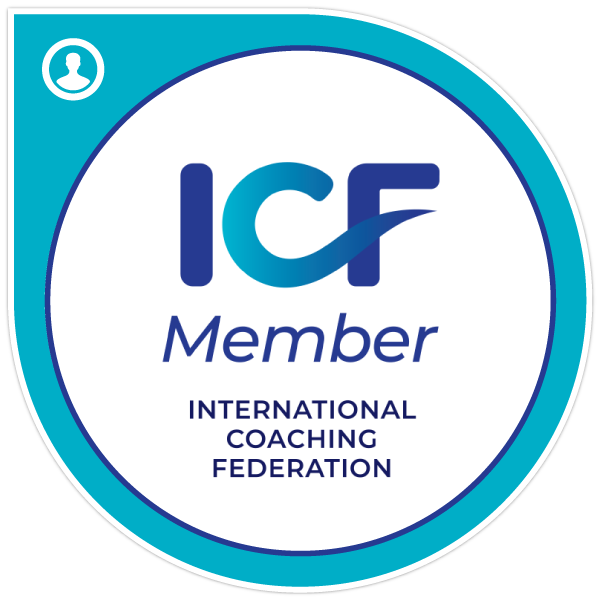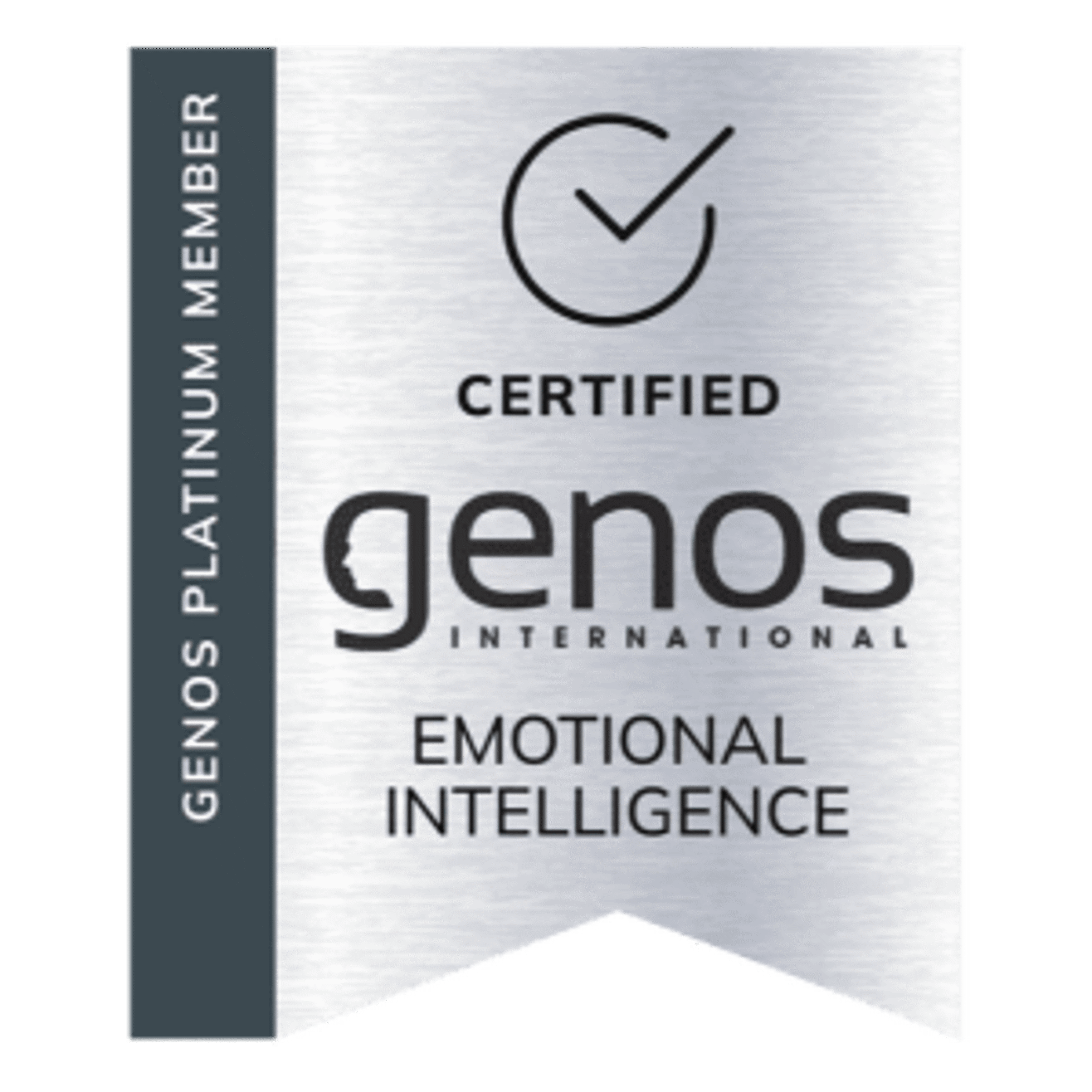Leaders must make decisions regularly. They are judged on the quality of their decisions by their team, their peers, their stakeholders and so forth. Thus, leaders are keenly interested in ways to make better decisions. Here are a few thoughts and a recommendation to help you make better decisions.
Jeff Bezos liked to look at decisions as being either reversible or irreversible. He’d put a lot more time and effort into making those consequential decisions that were irreversible. He was more willing to act fast and take some risks associated with reversible decisions.
Bezos also liked making decisions in the morning. He said that by the afternoon he would get
tired and even a little grumpy, which doesn’t usually lead to the best decisions.

Have you heard of decision fatigue? I believe it’s what Bezos was aware of when deciding to make decisions in the morning. By the afternoon, we’ve made numerous decisions of all sizes. Our brains get tired when having to decide over and over. This is why some people wear the same clothes over and over (Steve Jobs) while others may eat a similar breakfast each day (me).
You might also appreciate the Decision Tree framework from the book, Fierce Conversations by Susan Scott. Susan likens decisions to 1 of 4 parts of a tree. The four parts are the leaves, branches, trunk and roots.
Leaf decisions are minor and can be made by the person needing to make it without conferring with others or reporting back to management.
Branch decisions are slightly more important and may impact the organization slightly. They can still be made by the person needing to make it. They may confer with someone if they feel it would help. They should report the decision to management at the next meeting.
Trunk decisions are significant, difficult to make and will have an impact on the organization. People may be empowered to make such decisions, but they will likely confer with others and should report the decision to management as soon as necessary.
Root decisions may be very challenging to make and are going to have a significant impact on the organization. They should only be made after getting input from others.
This framework can help leaders and their teams delegate their decision-making as appropriate and also speed up the process when decisions are at levels that don’t need discussion.
Other organizations use frameworks such as RAPID and DACI to decide who should be in on a decision. Bane & Company created RAPID and you can learn about that here. Atlassian describes the DACI framework on their website.
Want even more ideas? I have a guide with other helpful tips posted below and you can download the guide here. And furthermore, if you really want to dive in, get the book Decisive by Chip and Dan Heath. You will get better at decision making by reading this book. Guaranteed. One tip from the book – zoom out. Sometimes you need to pull back from a decision and see it from a different perspective. We’re often too close to the decision to think about it properly.
I also recommend the book Thinking, Fast and Slow by Daniel Kahneman. This book will help you identify and overcome myriad biases that will get in the way of quality decision making.
I hope these thoughts, ideas and resources help you to improve in the crucial area of decision-making. It will serve you well.
Here are more resources related to this topic:
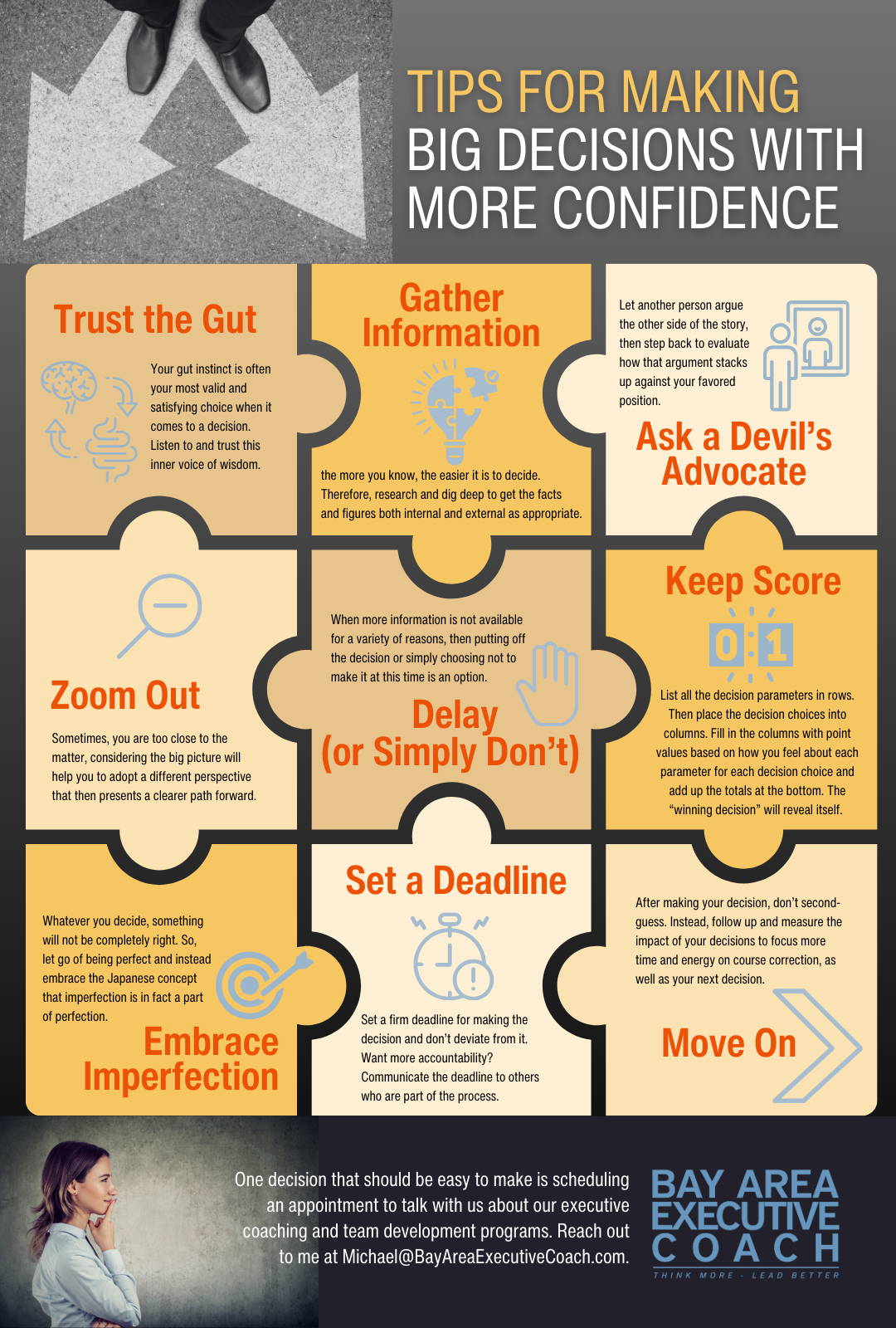
Articles
- 10 Essential Decision Making Tips for Managers
- Mistakes Managers Make Part 1
- Mistakes Managers Make Part 2
- From Manager to Leader: Executive Coaching for Leadership Development
- The Authoritative Guide to Executive Presence
eBook
Guide
YouTube Videos
- Decisive Leadership: How to Make Better Decisions
- Don’t Panic! How to Stay Accountable in 6 Common Tough Situations as a Leader
- Are You Having These 2 Important Meetings as a Manager?
- 6 Surefire Steps to Get the Right Work Done!
Photo copyright: Featured photo is from ©Canva. Secondary photo is from ©Canva.
